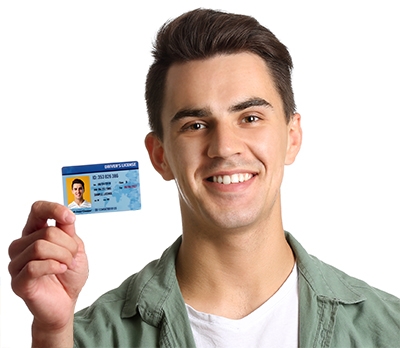Taking an ID photo for official identification cards is a straightforward process, but it requires attention to detail to ensure the resulting image meets the necessary requirements. Here’s a step-by-step guide on how to take an ID photo for ID cards:
1. Gather Necessary Equipment:
- Before you begin, ensure you have the right equipment. You’ll need a camera with a high-resolution setting, a tripod (if available), a plain light-colored background, and adequate lighting.
2. Choose the Right Location and Background:
- Select a location with good natural lighting, preferably near a window. If natural light is not available, use soft, diffused artificial light. Set up your chosen background, ensuring it’s plain, light-colored, and free from any distracting elements.
3. Set Up the Camera:
- If you’re using a digital camera, set it to the highest resolution possible. If you’re using a smartphone, select the highest quality setting. Clean the camera lens to avoid any blurriness in the photo.
4. Position Yourself Correctly:
- Stand or sit in front of the camera with your shoulders square. Keep your head held naturally and face the camera directly. Your face should be centered in the frame.
5. Maintain Proper Eye Level:
- Position the camera at eye level or slightly above. This angle ensures that your face is evenly lit and prevents unflattering shadows.
6. Maintain a Neutral Expression:
- Adopt a neutral expression with your mouth closed and your eyes open. Avoid smiling widely or frowning, as this can lead to a non-standard photo.
7. Remove Accessories and Excessive Makeup:
- Take off any accessories, such as sunglasses or hats, that might obscure your face. Keep makeup natural and avoid heavy, dramatic looks that may alter your appearance.
8. Follow Specific Requirements (if applicable):
- Some ID card issuers have specific guidelines for ID photos. These may include requirements for size, background color, head size, and facial expression. Familiarize yourself with these requirements and ensure your photo adheres to them.
9. Frame the Shot:
- Compose the photo so that it includes your head and shoulders. Your face should take up the majority of the frame (approximately 70-80%). Avoid extreme close-ups or shots from too far away.
10. Take Multiple Shots:
- It’s advisable to take several photos to have a variety to choose from. This increases the likelihood of obtaining a photo that meets all necessary criteria.
11. Review and Select the Best Photo:
- Transfer the photos to a computer for closer examination. Look for clarity, even lighting, and proper framing. Select the photo that best meets the requirements.
12. Edit (if necessary):
- Use photo editing software, if needed, to make minor adjustments. This might include cropping, adjusting brightness, or removing any minor imperfections.
By following these steps, you’ll be well-prepared to take an ID photo that meets the necessary criteria for official identification cards. Always consult the specific guidelines provided by the relevant authorities to ensure your photo complies with all requirements.
For more information visit IDPAPA


